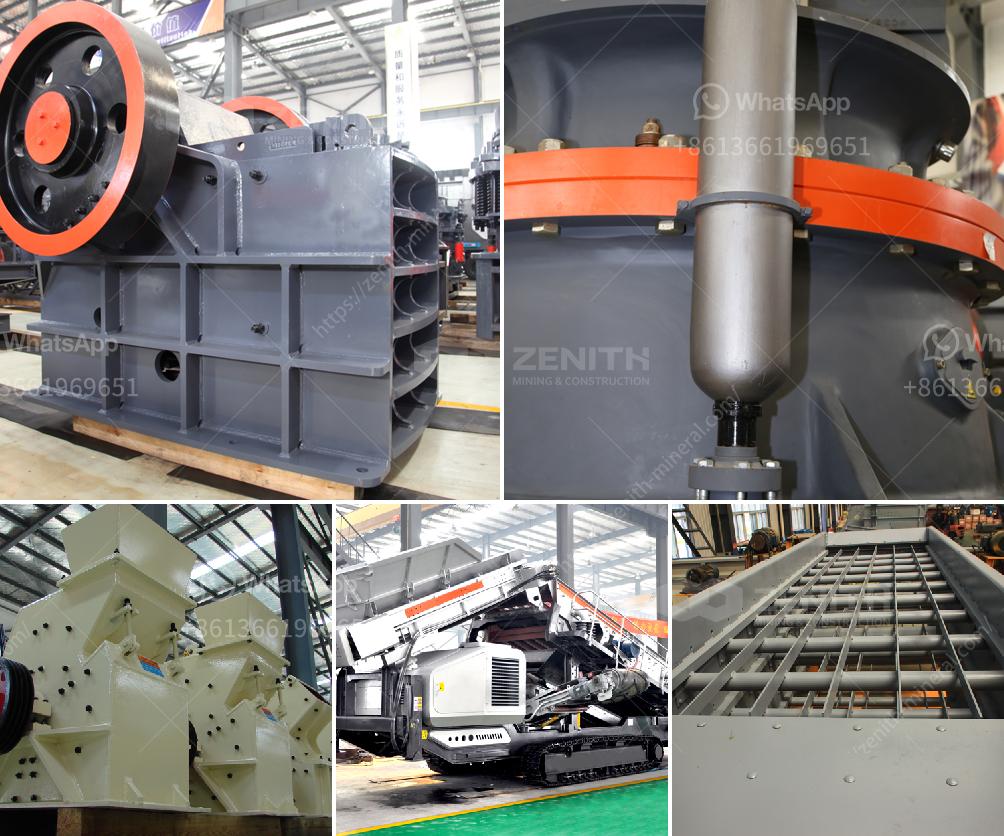The price of a Vertical Shaft Impact (VSI) crusher can vary significantly depending on several factors. Here are the key factors that influence the cost:
Quality of Materials and Manufacturing: High-quality materials and precise manufacturing processes generally increase production costs but result in a more durable and efficient machine.
Capacity: Crushers with higher capacities are typically more expensive. Capacity refers to the amount of material the machine can process over a given time period.
Brand and Manufacturer: Well-known and reputable brands and manufacturers often charge more due to their established reliability and service capabilities. They might also offer better warranties and aftermarket support.
Technical Specifications: Features like advanced automation, safety features, energy efficiency, and the ability to handle different types of materials can influence the price. Machines with more sophisticated features usually cost more.
Customization: Custom-built machines to meet specific needs or to fit into unique setups can add to the cost due to additional engineering and manufacturing considerations.
Market Conditions: The general state of the market, including supply and demand dynamics, can affect the cost. During periods of high demand or material shortages, prices can increase.
Geographic Location: Transportation and import costs can add to the overall price in certain regions or countries. Local tariffs, taxes, and logistical fees also have an impact.
After-Sales Service and Warranty: Extended warranties and comprehensive after-sales service packages can increase the upfront cost but provide longer-term value and assurance.
Energy Consumption: Models that are more energy-efficient might have a higher initial purchase price but could lead to lower operational costs over time.
Size and Weight: Larger machines with a bigger physical footprint or heavier models typically require more substantial installations and are generally more expensive.
When evaluating the price of a VSI crusher, it’s important to consider the total cost of ownership, which includes upfront costs, operational and maintenance expenses, and potential downtime costs over the machine’s lifespan.
